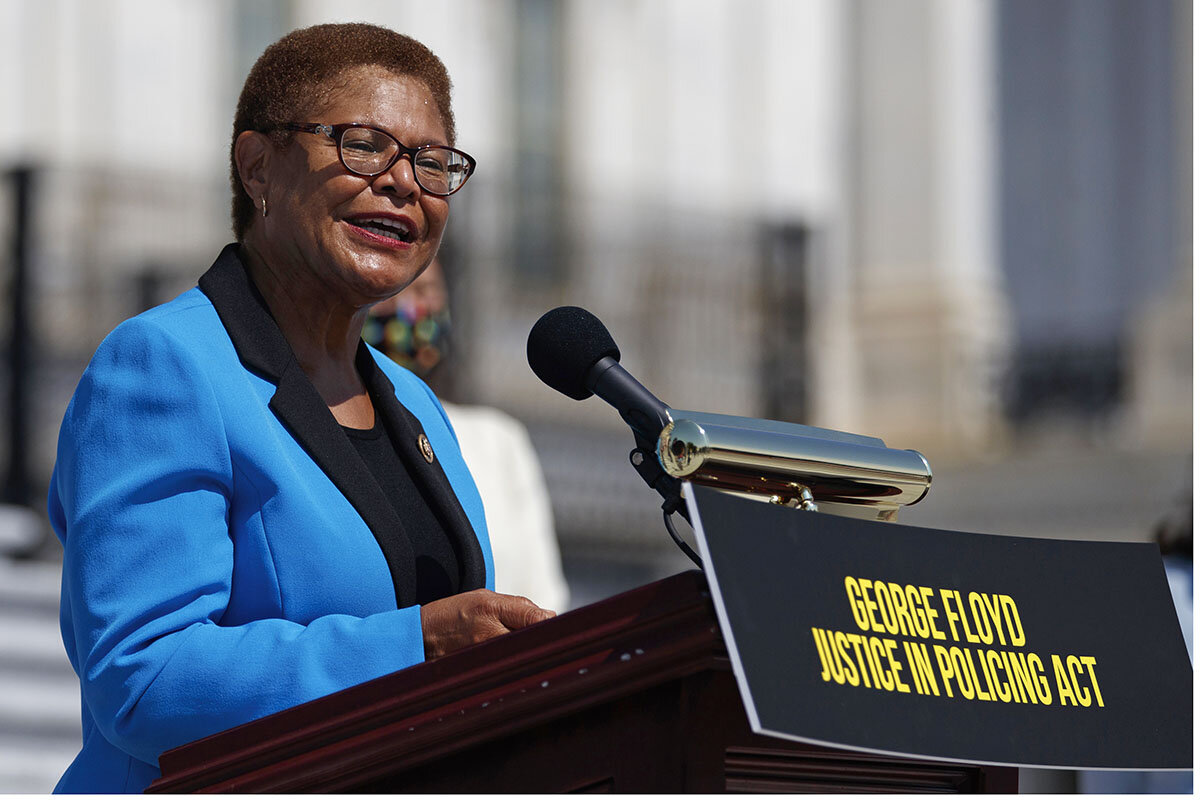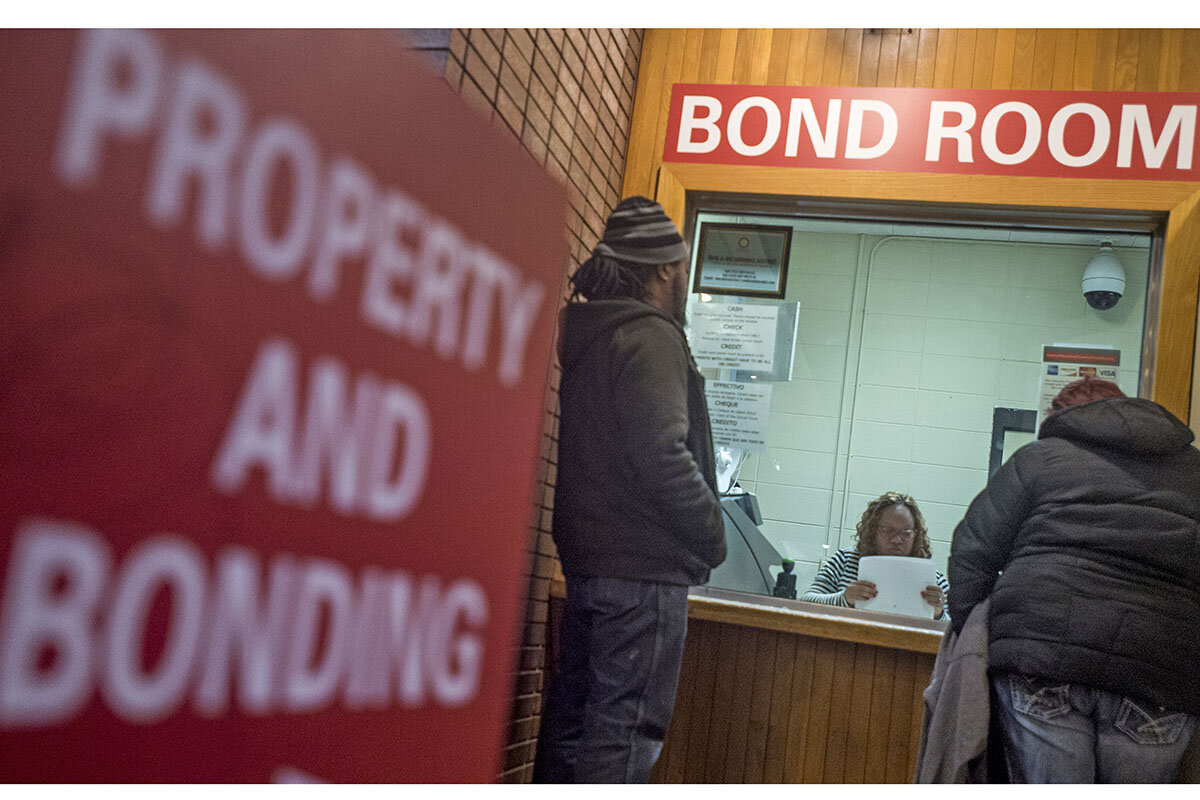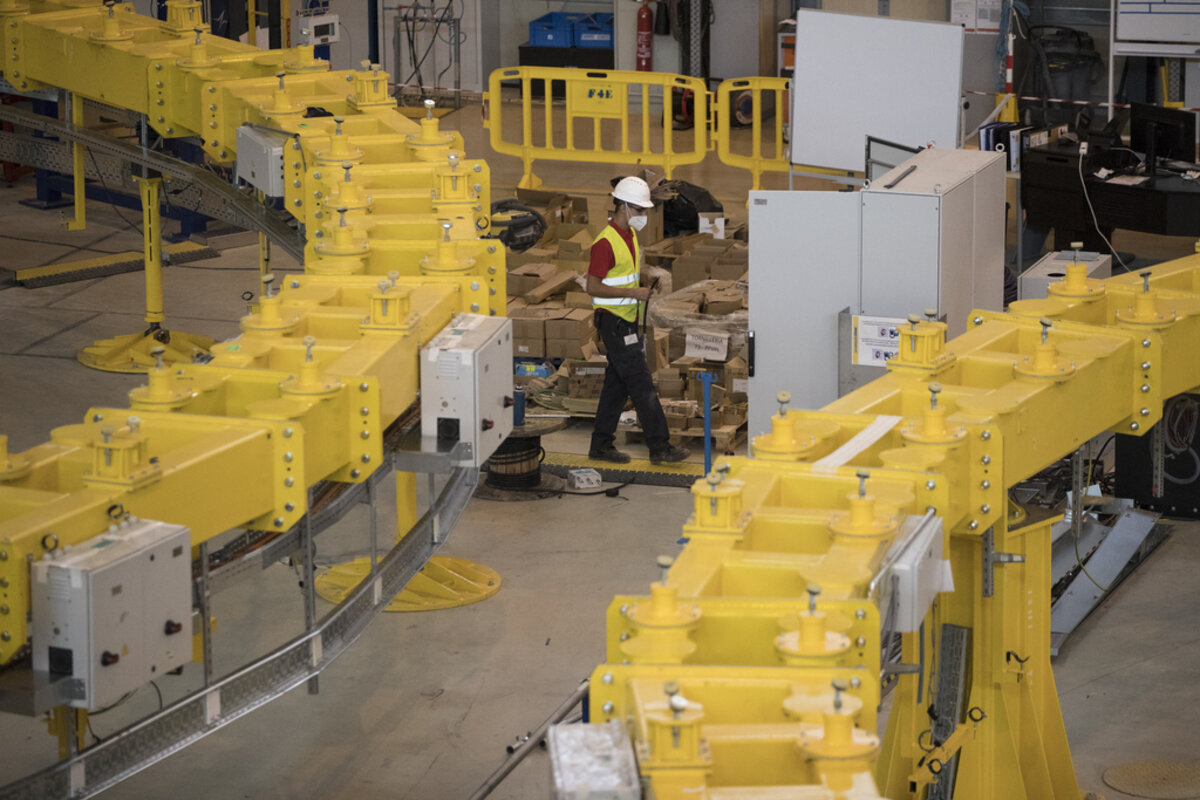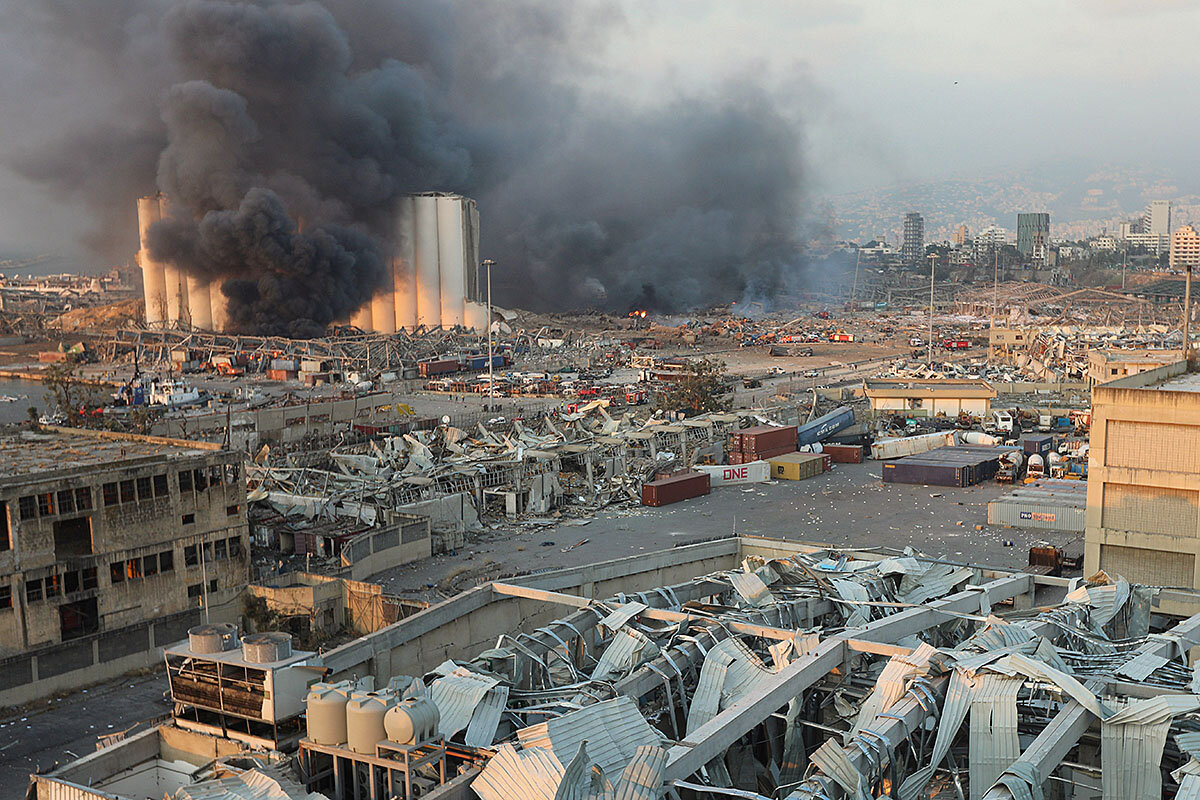It’s been called the world’s largest science project, the most complex engineering feat in human history. But its enormity and intricacy aren’t even the biggest part of its story. This technology could be a solution to energy and climate problems for centuries to come.
The name of this mind-boggling effort is ITER (originally known as the International Thermonuclear Experimental Reactor), a megaproject that began to be assembled near Marseille, France, in August. For decades nuclear fusion has been like a genie who refuses to come out of its bottle and grant a miracle. It entices with a new way of generating electricity, a completely different approach from today’s fission-based nuclear power plants, which rely on splitting atoms. Using tremendous heat and pressure, nuclear fusion joins atoms together. While doing so, in theory at least, it would generate many times more energy than it takes to create the fusion process.
Its fuel would be largely hydrogen gas, available in abundant supply around the world. No country could corner the market on it. And compared with nuclear fission plants, fusion would produce very little in the way of radioactive materials, the tricky disposal of which is one of the great drawbacks of fission reactors.
This project deserves attention because solutions to climate change have been slow in coming. Conventional fossil fuels, including coal, are not being eliminated fast enough and scaling up renewable energy such as wind and sun has been challenging. Turning more to conventional nuclear powerplants brings not only the aforementioned disposal problems but also safety concerns, as highlighted by the disasters at Chernobyl and Fukushima.
Bernard Bigot, director-general of ITER, remains confident that his project will produce energy. But the key question is whether it will be “simple and efficient enough that it could be industrialized,” he says. “The world needs to know if this technology is available or not. Fusion could help deliver the energy supplies of the world for a very long time, maybe forever.”
The huge mechanism under construction requires the application of science and engineering at their most demanding. “Constructing the machine piece by piece will be like assembling a three-dimensional puzzle on an intricate timeline [and] with the precision of a Swiss watch,” Mr. Bigot says.
ITER is the product of an international effort that so far has survived disruption from the pandemic or from political tensions. The partners include the United States, China, India, Russia, South Korea, and members of the European Union.
It follows in the footsteps of other joint scientific endeavors such as the International Space Station (15 nations) and The Human Genome Project (20 institutions in six countries). The genome project, successfully concluded in 2003, was considered the largest collaborative biological project ever undertaken. The ITER effort, says Indian Prime Minister Narendra Modi, is “a perfect symbol of the age-old Indian belief ... [that] the world is one family.”
The next checkpoint should arrive in 2025 when the first plasma would be produced in the fusion process. Another decade would be needed to see if the concept works in its entirety and would be commercially viable.
The billions of dollars and years of work represent a tremendous investment. But the creativity, engineering, and sense of possibilities that fuel it will certainly help humanity find the long-term solution for its energy needs.
 David Clark Scott
David Clark Scott










